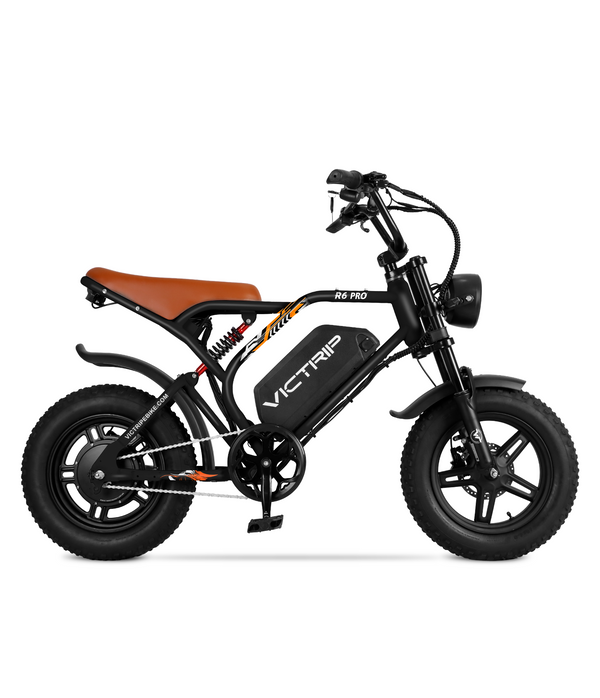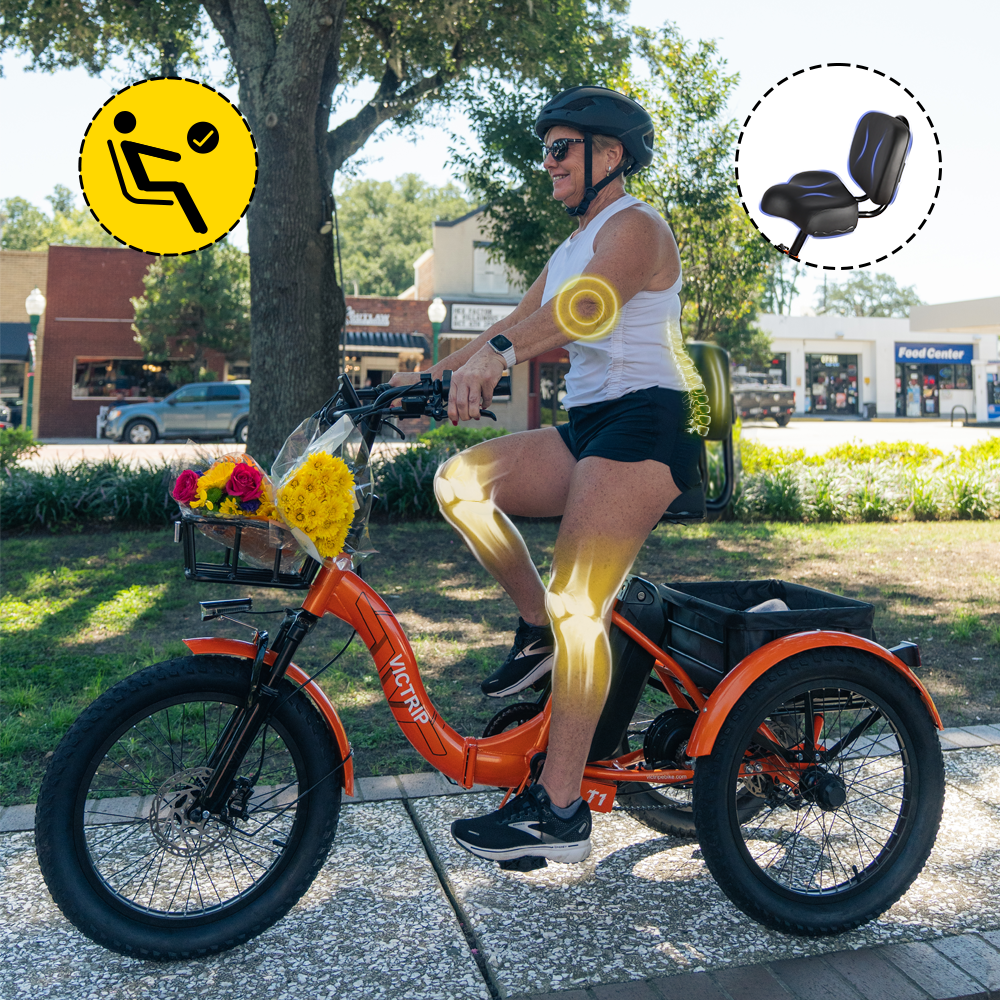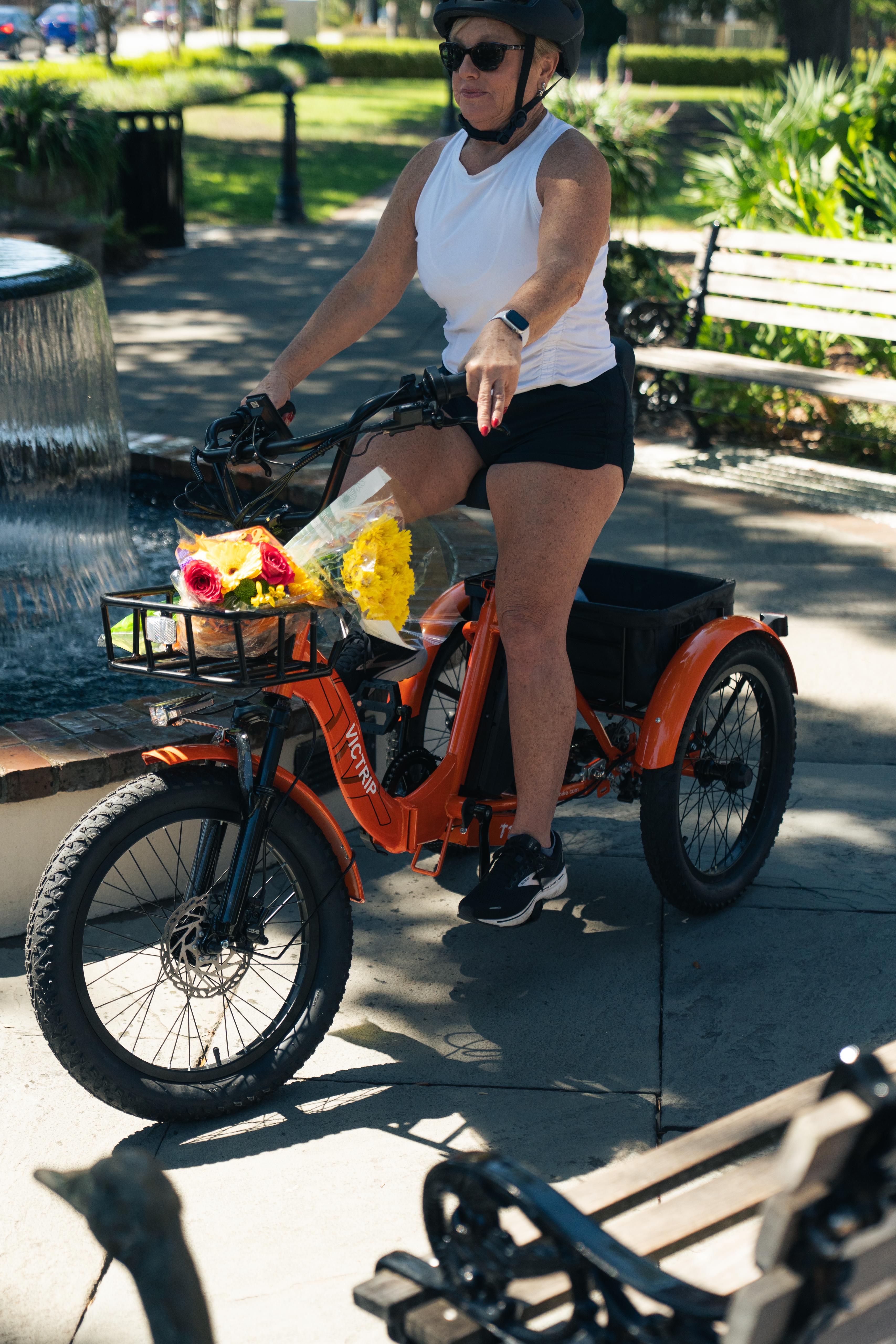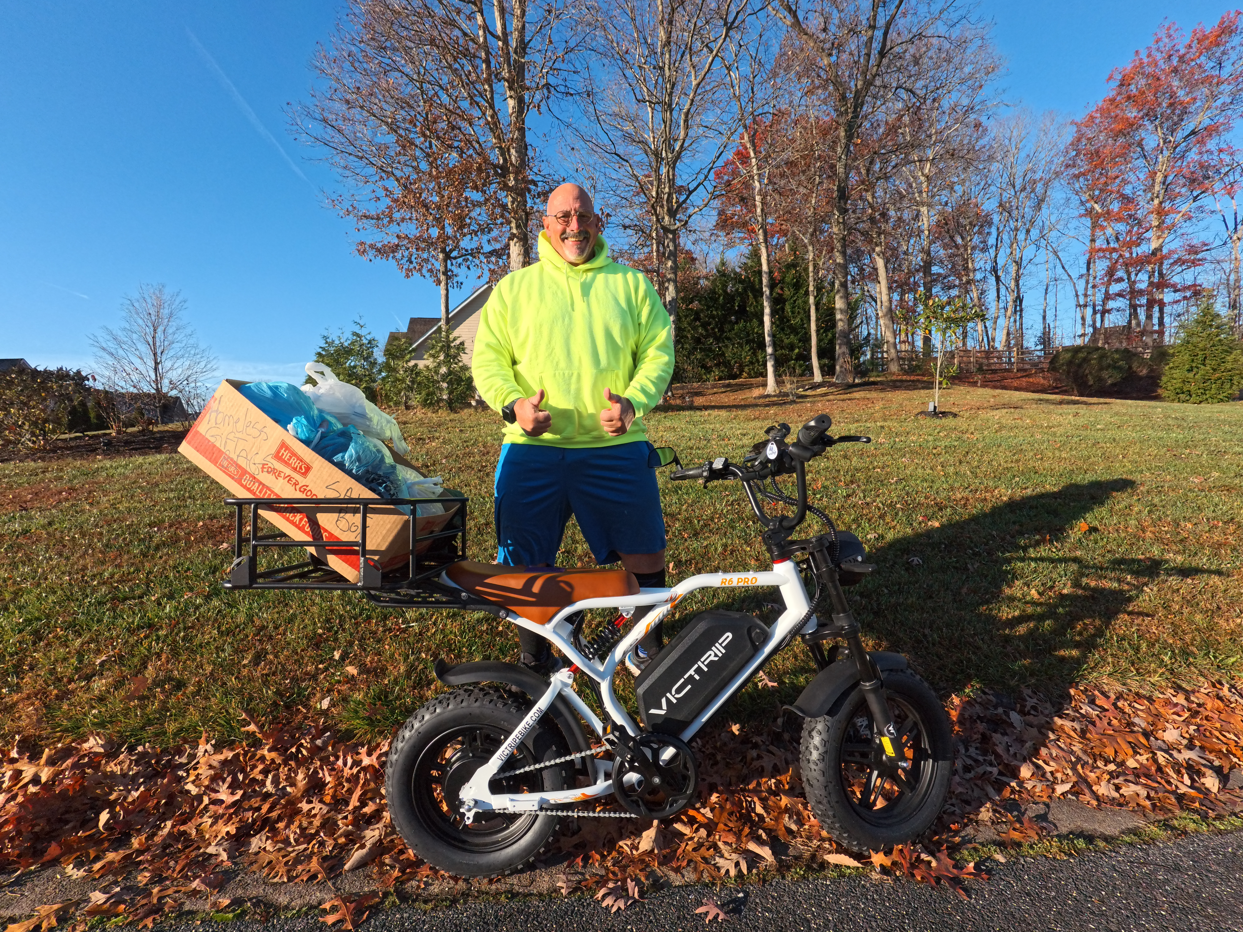When you start shopping, the question "Gas vs Electric Off Road Bikes: Which One Should You Ride?" comes up fast — and for good reason. Off-road riders now have real, serious options beyond the old two-stroke or four-stroke debate. Electric drivetrains have matured, batteries got denser, and manufacturers deliver machines that are competitive in torque, weight and durability. This article walks through the technical differences, real-world performance, ownership costs, environmental impacts, and the situations where one type clearly beats the other. By the end you'll know which bike fits your trails, wallet, and riding style.
How Gas Off-Road Bikes Work
Gas-powered off-road bikes use internal combustion engines (ICE) that convert fuel energy into mechanical motion. They remain the traditional choice for aggressive riders who want fast refueling and well-understood service routines.

Internal Combustion Fundamentals
Most off-road gas bikes use single-cylinder, two-stroke or four-stroke engines. Two-strokes are lighter and rev faster, while four-strokes tend to deliver broader torque curves and cleaner emissions. Power is transmitted through a gearbox and clutch to the rear wheel. Carburetors or fuel injection systems manage the air-fuel mix; modern off-road models increasingly use electronic fuel injection for better power delivery and altitude compensation.
Typical Maintenance Needs
Owning a gas bike means periodic oil changes (four-stroke), top-end rebuilds (common for two-strokes), valve adjustments, carburetor tuning, air-filter cleaning, and chain and sprocket service. Those tasks are well understood by mechanics worldwide, and parts are usually readily available — a plus for riders who venture far from service centers.
How Electric Off-Road Bikes Work
Electric off-road bikes replace the ICE with an electric motor and a battery pack. The motor's instant torque and simplified drivetrain change the riding dynamics in meaningful ways.
Read More: How Do Electric Bikes Work?
Electric Motor Types & Controllers
-
VICTRIP R6 Pro features a mid-drive motor that maximizes low-speed torque and climbing ability, ideal for technical trails.
-
VICTRIP R6 uses a hub motor that balances simplicity, reliability, and enough torque for most recreational trails.
-
Motor controllers in these models manage throttle response, regenerative braking, and power delivery to optimize battery efficiency.
Battery Technology & Charging
Lithium-ion cells dominate the market. Battery capacity, expressed in watt-hours (Wh), determines range. Energy density and cooling design decide how heavy or bulky the pack is. Chargers vary from fast chargers (which can add 80% in an hour or less on high-power systems) to trickle chargers for overnight fills. Real-world range depends on terrain, rider style, and assistance map selection.
Performance Comparison: Gas vs Electric Off Road Bikes
Performance is where the debate gets heated. Electric bikes have a dramatic, instant torque that’s addictive in technical sections; gas bikes often win on top speed and continuous heavy use.
Acceleration, Torque & Traction
Electric bikes like VICTRIP R6 Pro have instant torque, giving them an edge in trail climbing, rocky terrain, and technical maneuvers. Gas bikes may win in sustained high-speed sections, but electric bikes excel in responsiveness and controlled traction.
Range & Refueling vs Recharging
-
Gas bikes refuel instantly but require frequent fuel stops for extended rides.
-
VICTRIP R6 Pro’s large battery allows longer rides with minimal downtime.
-
VICTRIP R6 is excellent for shorter daily rides or moderate trail use.
TOP PICK

VICTRIP®R6 Pro 1500W Moped Style EBike
$1,099.00
Top Speed & Sustained Output
Gas bikes typically manage higher sustained top speeds without thermal limits, given sufficient displacement and cooling. Electric bikes, by contrast, can hit similar short-term peak speeds but may be limited by battery heating and controller current limits if pushed hard for long periods.
Cost of Ownership: Upfront & Long-Term
Upfront, electric bikes are often pricier per equivalent performance class due to battery costs. Over time, though, electricity is cheaper than gasoline per mile, and electric drivetrains have fewer moving parts — lowering routine maintenance costs.
-
Purchase price: Electric premium for battery R&D; depreciation patterns are still evolving.
-
Fuel/electricity: Electricity is typically 60–80% cheaper per mile than gasoline equivalents in many regions, but actual numbers depend on local rates.
-
Maintenance costs: Electric bikes avoid oil, spark plugs, and valve checks, but battery replacement (eventual) is a major expense.
Tip: calculate lifetime cost by estimating annual mileage, local electricity/gas prices, and expected battery life (cycles).
Environmental & Regulatory Considerations
From an emissions perspective, electric bikes produce zero tailpipe emissions; upstream electricity generation varies by grid mix. Gas bikes emit CO₂ and particulates and may be subject to stricter emissions rules in some areas. Noise regulations also favor electric machines — many parks and trails restrict noisy vehicles, making electric bikes more acceptable in noise-sensitive areas.
Regulatory landscape: expect local noise ordinances, trail access rules, and emission standards to influence where you can ride. In certain jurisdictions, electric bikes have gained access to otherwise closed paths — but rules differ widely, so always check local authorities.
Maintenance, Reliability & Serviceability
Electric drivetrains significantly simplify routine maintenance: fewer fluids, fewer moving mechanical parts, and no tune-ups. However, repairs often require specialized knowledge for battery modules and controllers. Conversely, gas bikes are mechanically simpler to diagnose in the field and service shops are widespread in many regions.
Practical notes:
-
Carry a spare tube, chain quick-link, basic tools, and for electric riders, a compatible charging pack or spare battery if your ride demands it.
-
For long expeditions in remote areas, gas bikes still offer easier improvised refueling (e.g., carrying a jerry can) vs. sourcing power.
Rider Experience & Use Cases
Different riders will naturally prefer different platforms.
Trail & Enduro Riding
If you ride technical trails where immediate torque and silent approach matter (e.g., hunting, wildlife photography), electric bikes shine. Their quiet operation and linear torque make precise traction control easier.
Motocross & High-Speed Track Use
For motocross and long, fast tracks where sustained high power and top speed are essential, gas bikes remain competitive due to consistent power delivery and instant refueling.
Commuting & Recreation
For urban trail systems where noise and emissions are a concern, electric bikes are often preferable. They’re user-friendly and require less mechanical familiarity.

Utility & Work
For tasks like farm work, patrols, or guided tours in noise-sensitive settings, electric bikes are increasingly chosen because they’re quieter and simpler to operate.
Safety, Noise & Local Regulations
Safety gear is identical across platforms: helmet, chest/back protection, gloves, boots, and eye protection. However, electric bikes’ near-silent operation can surprise pedestrians; use lights and audible alerts in shared spaces. Some municipalities restrict off-road gas bikes due to noise — so check local trail rules and permits.
How to Choose: Checklist & Decision Flow
Here’s a practical decision checklist:
-
Where do you ride most? (Remote backcountry vs. local trails)
-
What's your typical ride time/distance?
-
How important is noise level?
-
Do you have access to charging or spare batteries?
-
Will you service the bike yourself or rely on local shops?
-
Budget: upfront vs long-term costs?
-
Trail/park regulations where you ride?
If you answered “remote multi-day” or “rapid top-speed use,” lean gas. If you answered “frequent short rides, noise-sensitive areas, low maintenance,” lean electric.
Common Myths Debunked
-
Myth: Electric bikes don’t have enough torque.
Fact: They deliver instant torque that's often stronger than comparable gas bikes at low RPM. -
Myth: Electric bikes can't handle big hills.
Fact: Properly specced motors and gearing overcome steep grades; range is the limiting factor, not hill-climbing ability. -
Myth: Batteries explode easily.
Fact: High-quality battery management systems and proper handling make batteries safe; use certified chargers and avoid physical damage. -
Myth: Gas bikes are always cheaper long-term.
Fact: Lower maintenance and fuel costs can make electric bikes cheaper over several years despite higher purchase price. -
Myth: Electric bikes are fragile.
Fact: Modern electric off-road bikes are built to rugged standards; protective frames and skid plates are common. -
Myth: You can't swap a battery in the field.
Fact: Battery-swapping ecosystems exist in some rental/operator networks and are gaining traction for remote use.
Conclusion: Which one should you ride?
There's no single correct answer to “Gas vs Electric Off Road Bikes: Which One Should You Ride?” Your choice hinges on where you ride, how you ride, and what you value most:
-
Choose electric if you want quiet operation, instant torque, lower routine maintenance, and you mostly ride short to moderate distances with reliable charging access. Electric is great for trail etiquette, wildlife areas, and riders who prefer simplicity.
-
Choose gas if you need long range between refuels, quick refueling, maximal top speed and continuous heavy use without worrying about charge logistics or battery degradation. Gas still rules for deep backcountry expeditions without charging infrastructure and many race formats.
If you're not sure, consider demo rides — many dealers and events now let you ride both types. Put the bike through typical trails you ride, evaluate ergonomics and weight, and think about long-term ownership costs. Either way, modern machines have matured to the point where both platforms offer exciting, capable rides.
FAQs
How far can an electric off-road bike go on a single charge?
Range varies widely — from about 25–60 miles under mixed trail conditions for many modern models. Aggressive riding or steep terrain reduces range. Real-world range depends on battery capacity (Wh), rider weight, terrain, and power settings.
Are electric dirt bikes quieter than gas ones?
Yes — electric bikes are significantly quieter because they lack an exhaust. That makes them better for noise-sensitive areas, but also means you should use lights or audible signals around others.
How long does it take to recharge an electric off-road bike?
Charging times vary: standard chargers may need 3–8 hours, while high-power chargers can top batteries to usable capacity in 30–90 minutes depending on battery design.
Which type is better for trail access and parks?
Electric bikes often have an access advantage because they’re quiet and emission-free; however, local rules differ, so check park/district regulations.
Are electric bikes easier to ride for beginners?
Often yes — controllable, linear power and fewer gears mean beginners can focus on handling rather than clutch and shifting.
Do electric bikes require winterization?
Yes — batteries don't like extreme cold. Store batteries in a warm place, keep state-of-charge moderate, and avoid charging in sub-freezing conditions unless the battery management system allows it.




Share:
What’s the Best Ebike Size for Commuters?
Top 10 eBikes for Commuters in 2025